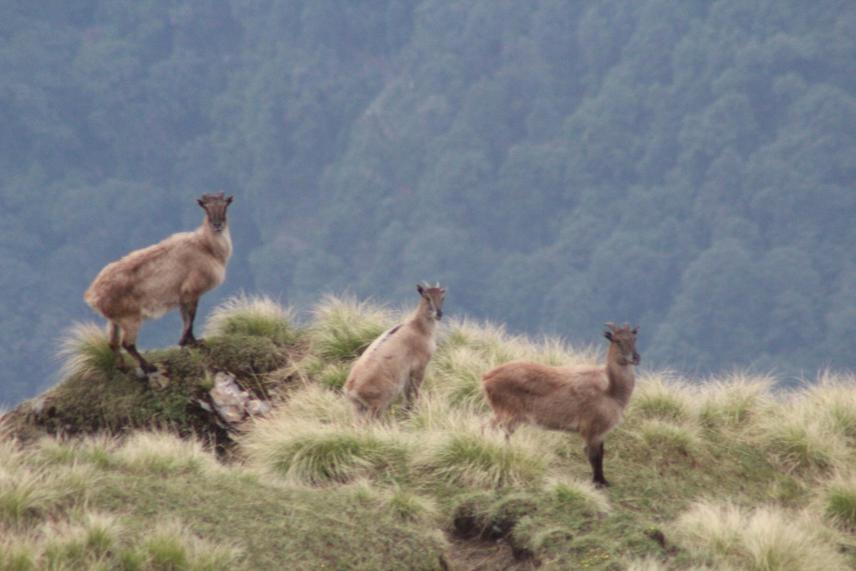Munib Khanyari
Other projects
25 May 2018
Developing Evidence-Based Understanding and Management of Disease Transmission between Wild and Domestic Ungulates in the Indian Trans-Himalayas
To assess difference in parasite load between grazed and ungrazed regions within Kedarnath Wildlife Sanctuary for the Himalayan Tahr, Hemitragus jemlahicus and Himalayan Serow, Capricornus thar. Also to collect important ecological data such as activity budget of these seldom studied species

Kedarnath Wildlife Sanctuary is a multiple-ungulate ecosystem and like much of the Himalayan range, has two dimensions: diversity of mountain ungulates and presence of grazing livestock. Unfortunately, Himalaya’s ungulate diversity is faced with a tough reality of its growing human population (primary agro-pastoralists) and their associated livestock. Two problems for wild ungulates lie primarily in competition for grazing area and transmission of communicable diseases.
This study concentrates on two species Himalayan tahr, Hemitragus jemlahicus and Himalayan serow, Capricornus thar. Their ecological niche sustains forest and community health. The case of these two species is particularly interesting owing to lack of pre-existing biological and ecological studies. We will assess health impact of livestock grazing via ungulate parasite load and body condition, and collect baseline ecological data like habitat choice, feeding ecology and social age-sex structure of herds/individuals. Habitat overlap between these ungulates and livestock will be mapped too. This data is essential in producing management strategies (Estes 2006), protecting these herbivores and their ecosystem, which is home to predators like snow-leopards Panthera uncia.